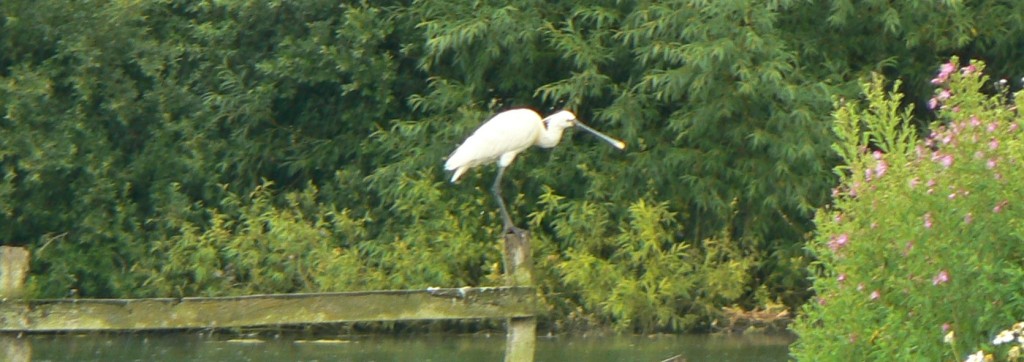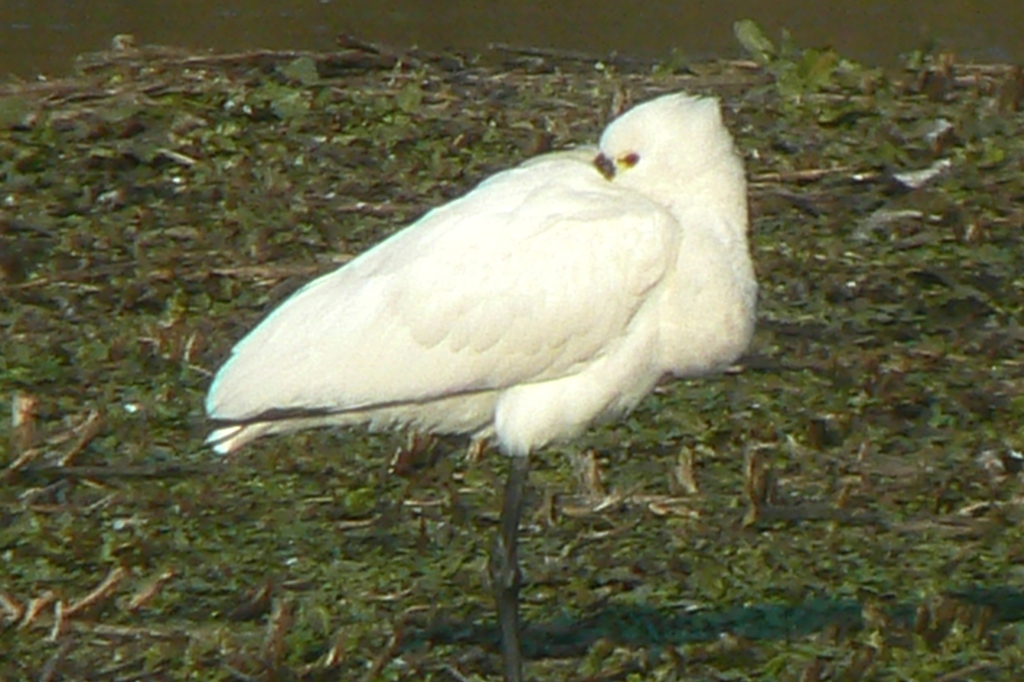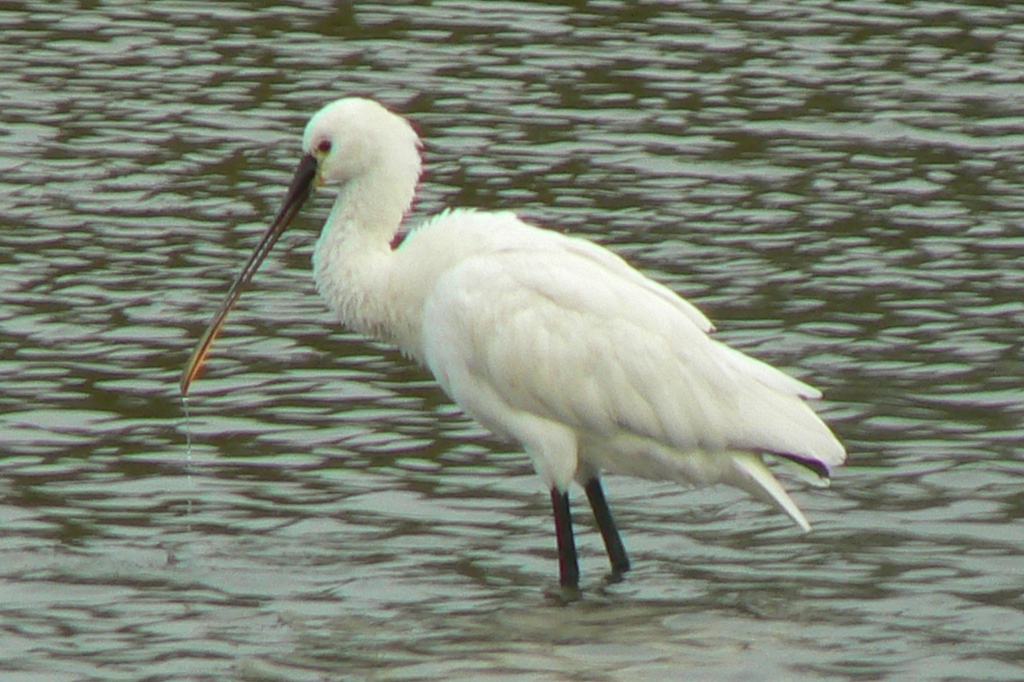
[272] Platalea leucorodia, Spoonbill
Introduction
For most people today, Platalea leucorodia, the Spoonbill, is either unknown or an exotic wading bird that only arrived in the UK this century and is beginning to establish small breeding populations. It was actually a widespread breeding species in south-east England until about 1700, so its recent re-establishment is not entirely due to Global Warming and Climate Change.
It may be called the Eurasian Spoonbill or Common Spoonbill to distinguish it from the five other species of Platalea.
Taxonomy
Kingdom – Animals
Phylum – Chordates
Class – Aves (Birds)
Order – Pelecaniformes
Suborder – Ardei (Herons and others)
Family – Threskiornithidae (Ibises and Spoonbills)
Subfamily – Plataleinae (Spoonbills, just Platalea)
Genus – Platalea
Scientific Name – Platalea leucorodia
Name
Platalea, from Latin, means broad and leucorodia comes from the Ancient Greek name of the bird, which comes from leuko-erodios meaning white-heron.
Description
Platalea leucorodia is a large, long-legged wading bird, almost completely white. Its legs are black and its bill is very long, flat and mostly black. The end if the bill opens to a flat circular spoon shape, coloured yellow to orange.
In the breeding season it has a small crest and a yellow patch on its breast.





They tend to breed in groups and can be migratory.
They feed on very small vertebrates or invertebrates and sweep through the water with their beaks to find their prey.
Habitat and use
The Spoonbill has a patchy distribution across Europe and through Asia.
It had been widespread through south-east England until about 1700, when it became locally extinct.
From the Early Twenty-first Century, it was sighted as an isolated visitor to the UK and in 2010 a breeding colony started in Norfolk. It is a wetland bird and needs islands in wetland environments for breeding.
Other Notes
I wanted to include this bird but it is not a bird that I have been able to approach for close pictures. Since about twenty years ago they have been occasional single visitors to Slimbridge and other wetland sites, where they may stay for weeks. Now there are wetland areas where they breed in increasingly large groups but they stay well away from watching humans.


See also
There is a recent trend, probably die to climate change, for new birds to be seen in England.
In [122] Little Egret I looked both the Cattle Egret and the Great White Egret as newcomers. We also have occasional Plegadis falcinellus, Glossy Ibis and this year marks the first breeding pair of Ciconia Ciconia, White Storks.
